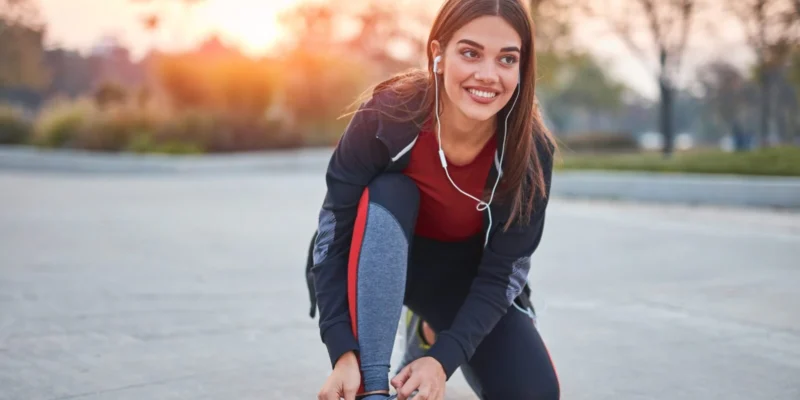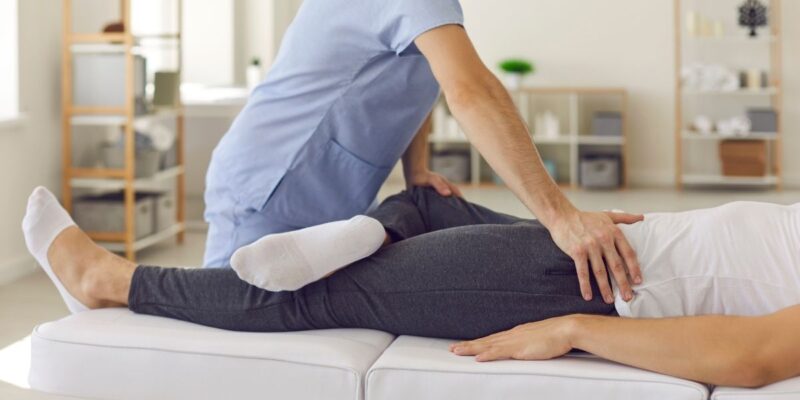
Understanding Your Balance: A Deep Dive into the Berg Balance Scale
Here at Recovery Rehab Physiotherapy, we’re passionate about helping our Australian community live healthier, more active lives. A big part of that is preventing falls and maintaining independence, especially as we age. One of the most valuable tools we use to assess and address fall risk is the Berg Balance Scale (BBS). In this blog post, we’ll explore what the BBS is, why it’s important, and how it can help you or a loved one stay steady on your feet.
What is the Berg Balance Scale?
Imagine a ruler, but instead of measuring length, it measures balance. That’s the Berg Balance Scale in a nutshell! It’s a widely used, simple test that helps healthcare professionals like us at Recovery Rehab Physiotherapy assess a person’s risk of falling. It consists of 14 everyday tasks, each scored on a scale of 0 to 4. These tasks range from simple actions like sitting unsupported to more challenging ones like standing on one leg.
Why is Assessing Balance So Important?
Good balance isn’t just about walking a tightrope; it’s fundamental to almost everything we do. From getting out of bed in the morning to navigating stairs and even enjoying a leisurely stroll, balance plays a crucial role. As we get older, our balance can naturally decline, increasing the risk of falls. Falls can have serious consequences, leading to fractures, head injuries, and a loss of independence. That’s where the BBS comes in. By identifying balance issues early on, we can develop personalized treatment plans to improve stability and prevent falls.
A Closer Look at the 14 Tasks of the BBS
Let’s break down the 14 tasks involved in the Berg Balance Scale. Don’t worry, it’s not as daunting as it sounds! These tasks simulate common movements we perform daily:
- Sitting to Standing: Can you get up from a chair without using your hands?
- Standing Unsupported: Can you stand still for a short period without holding onto anything?
- Sitting Unsupported: Can you sit on a chair without any support for a specified time?
- Standing to Sitting: Can you sit down in a chair safely and controlled manner?
- Transfers: Can you move from a chair to a bed (or vice versa) smoothly?
- Standing with Eyes Closed: Can you maintain your balance with your eyes closed?
- Standing with Feet Together: How steady are you when your feet are close together?
- Reaching Forward with Outstretched Arm: Can you reach for something in front of you without losing balance?
- Picking Up an Object from the Floor: Can you bend down and pick something up without stumbling?
- Turning to Look Behind: Can you turn your head and body to look behind you?
- Turning 360 Degrees: Can you turn all the way around without losing your balance?
- Placing Alternate Foot on Stool: Can you tap your foot on a stool repeatedly while maintaining balance?
- Standing with One Foot in Front: How steady are you in a tandem stance?
- Standing on One Leg: Can you stand on one leg for a short time?
How is the BBS Scored and Interpreted?
Each of the 14 tasks is scored from 0 (unable to perform) to 4 (performs independently and safely). The total score ranges from 0 to 56. A higher score indicates better balance. Generally, a score below 45 suggests a higher risk of falling. At Recovery Rehab Physiotherapy, we use these scores to tailor individual treatment plans.
How Recovery Rehab Physiotherapy Uses the BBS
At our clinics across Australia, we use the BBS as a crucial assessment tool for a variety of patients. Whether you’re recovering from an injury, managing a chronic condition, or simply looking to improve your balance as you age, the BBS provides valuable insights. It’s just one piece of the puzzle though, and we will never take an assessment in isolation.
We also complete other tests, including subjective questionaires about your current health and any perceived difficulties with your balance. This helps us to gain a complete picture of your current situation.
Here’s how we incorporate the BBS into our practice:
Initial Assessment:
We use the BBS to establish a baseline measure of your balance. This helps us understand your current capabilities and identify any specific areas of weakness.
Personalized Treatment Plans:
Based on your BBS score and other assessments, we develop a personalized treatment plan that addresses your specific needs and goals. This might include exercises to improve strength, flexibility, and coordination, as well as strategies to improve balance during everyday activities.
Progress Tracking:
We use the BBS to track your progress over time. This helps us measure the effectiveness of your treatment and make adjustments as needed.
Fall Prevention Programs:
We integrate the BBS into our comprehensive fall prevention programs. These programs are designed to empower individuals to maintain their independence and reduce their risk of falling.
What Can You Expect During a BBS Assessment?
A BBS assessment with one of our expert physiotherapists is a straightforward and comfortable process. We’ll guide you through each of the 14 tasks, observing your movements and providing support as needed. The assessment typically takes around 15-20 minutes. We encourage you to wear comfortable clothing and shoes. Most importantly, we want you to feel relaxed and confident throughout the process.
Beyond the BBS: A Holistic Approach to Balance
While the BBS is a valuable tool, it’s important to remember that it’s just one part of a comprehensive approach to balance and fall prevention. At Recovery Rehab Physiotherapy, we consider a wide range of factors, including:
- Strength and Flexibility: Strong muscles and good flexibility are essential for maintaining balance.
- Vision: Changes in vision can affect balance. We’ll assess your vision and make recommendations as needed.
- Medications: Certain medications can increase your risk of falling. We’ll review your medications and work with your doctor to minimize any potential risks.
- Home Environment: We can provide advice on making your home safer and reducing fall hazards.
Take Control of Your Balance: Contact Recovery Rehab Physiotherapy Today
Don’t let balance issues hold you back. At Recovery Rehab Physiotherapy, we’re here to help you improve your balance, reduce your risk of falling, and maintain your independence. Contact us today to schedule a BBS assessment and discover how we can help you achieve your balance goals. We have convenient locations throughout Australia and a team of dedicated physiotherapists ready to assist you.
Frequently Asked Questions about the BBS
Is the BBS suitable for everyone?
The BBS can be used for a wide range of individuals, including older adults, people with neurological conditions, and those recovering from injuries.
How often should I have a BBS assessment?
The frequency of BBS assessments depends on your individual needs and circumstances. Your physiotherapist will recommend an appropriate schedule for you.
What can I do to improve my balance?
There are many things you can do to improve your balance, including regular exercise, tai chi, and balance-specific exercises. Your physiotherapist can develop a personalized exercise program to meet your specific needs.








